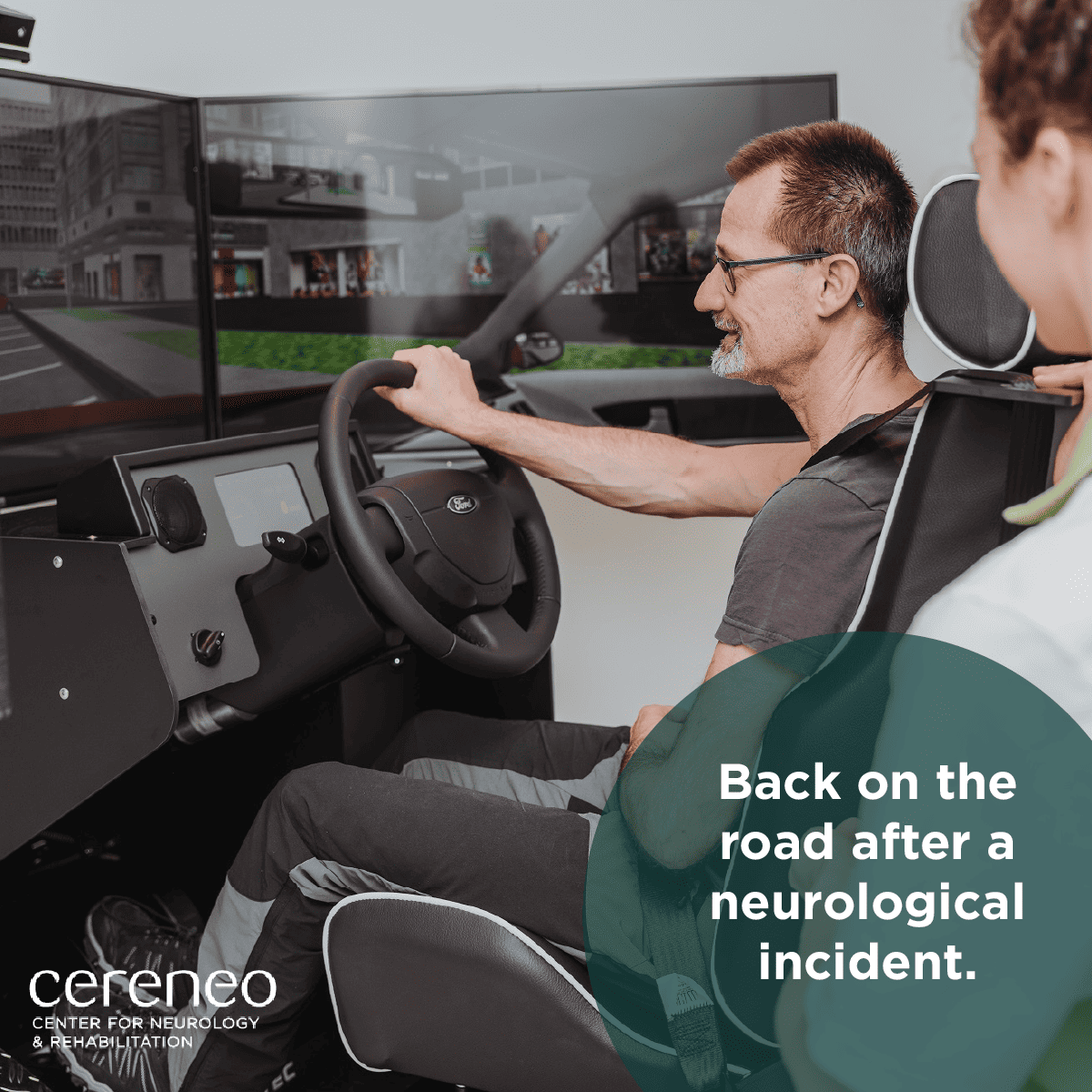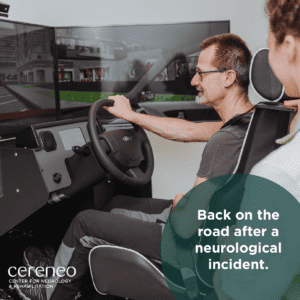The cereneo location in Hertenstein is connected to the infrastructure of the Campus Hotel. In order to meet the special nutritional requirements of our patients, the Campus Hotel Hertenstein has employed a dietary chef since the beginning of July 2022, who takes full care of the physical well-being of our patients.
What exactly does a diet chef do?
Dietitians prepare balanced and varied meals, following diet plans prescribed by doctors and nutritionists. Thanks to their expertise in food and a healthy, balanced diet, they are able to combine technology and cooking skills. They plan and compile meal and diet plans for different nutritional therapies, for example diabetes, Parkinson’s disease or food allergies. They adapt recipes according to doctors’ prescriptions and nutritional tables to prepare meals and dietetic foods in such a way that patients receive a balanced and health-promoting diet.
Jessika Gonzales is the new diet chef for cereneo, whom I met for an interview.
Jessika, what exactly are your tasks at cereneo?
I am currently preparing the meals for the patients and working on adding choices for additional nutritional components for the patients’ menus.
In the future, I will compile the menus for the patients together with the cereneo nutrition expert Henriette Saevil. The idea is that there will be several menus to choose from, which can be individually supplemented with important nutrients for each patient. This is very important, because the requirements can vary greatly depending on the diagnosis.
The exchange with the patients is very important to me, so that I know what matters to them and how the quality of the food is judged. My goal is to visit all patients once a week.
How can I imagine your daily routine?
My working day starts at 10 am with a short crosscheck with the hotel’s kitchen team. Here I give feedback from patients from the previous day so that we can take it into account for the future.
From 11 a.m. to about 1.30 p.m. I am busy preparing lunch. This means that I bring the prepared food to the cereneo and get everything ready for the patients in the kitchen on the 4th floor. I usually have 4-5 different menus, and the meat is always freshly prepared on the spot. I arrange the food on the plates and when everything is ready, the nursing team distributes it to the patients. If I still have time, I like to go from table to table to ask if everything is good.
Afterwards, I clean up the kitchen and go back to the hotel kitchen. In the afternoon, I prepare the meals for lunch and dinner for the next day. At 5 pm I go back to the clinic to prepare everything for the evening. Around 7 pm, everyone is fed, satisfied and full.
Afterwards, I document the meals: how many portions were taken in the restaurant and how many meals were served in the rooms. The meals that go to the room are all recorded individually by photo documentation.
Around 7.30 pm I’m done for the day and go home.
You cook for our patients. What is the challenge?
The diversity due to the different requirements caused by the diseases, but also of a cultural nature. This is what makes the work so exciting and varied.
With Henriette — the cereneo nutrition expert — I exchange ideas intensively in order to know the patients’ wishes and requirements even better. We sit together every week and talk about each individual patient and together we think about how we can optimise the diet, for example by adding more vegetables or proteins.
Why did you decide to train as a dietitian chef?
Because I am very interested in anatomy and pathophysiology. I completed my apprenticeship as a cook at the Parkhotel in Weggis. After that I worked as a cook for 4 years at the Bethanien Clinic in Zurich. During this time, I completed a part-time training course to become a dietary chef.
Next year I will start another part-time training to become a nutritionist.










